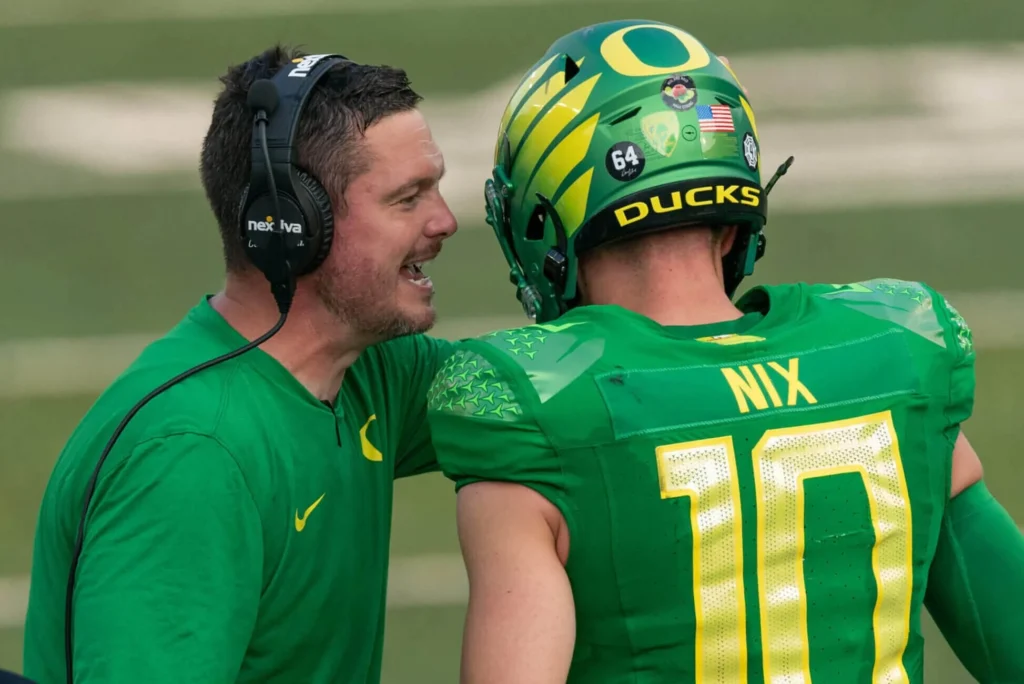NCAA Approves Coach-to-Player Communication

Image Courtesy of Reddit
By Zachary Lichter
College Football just became more modern. All teams in the National Collegiate Athletics Association (NCAA) will now use coach-to-player communication, meaning coaches can talk to players on the field through their helmets. The rule was approved on April 19 of this year.
How does it work? The quarterback or one of the defensive linemen will have a green dot in the back of their helmet. Several teams experimented with this in the last bowl season, but now every team will have access to this new coach-to-player communication. The cutoff operator will shut off the coach’s communication with one of the players 15 seconds before the snap count or once the ball is snapped.
College football divisions will select the helmet tech company their teams will use this season. They will also hire a cutoff operator to manage both team’s helmet communications. If a team’s helmet communication goes down, both teams will have no choice but to prohibit coach-to-player communication for the time being.
The National Football League (NFL) has used coach-to-player communication since 1994. High school football leagues across the U.S. have also been using this technology. The NCAA has debated using this technology for years, but it was not proposed until March 2024.
In addition to the coach to player communication, teams will have the option of using tablets to view in-game video. There will be 18 tablets distributed on the sideline, locker rooms, and coaches booths. Coaches will be able to study the game from the broadcast feed as well as camera angles from the sideline and the end zone.
The NCAA also approved automatic timeouts when there are two minutes left in the second and fourth quarters. These timeouts are not similar to the two minute warning timeouts in the NFL because the broadcast will not cut to a commercial break.
As the NCAA implements these rules for the 2024 college football season, they are looking forward to improving communications between players and coaches. These new rules will help make the game more efficient for years to come.





